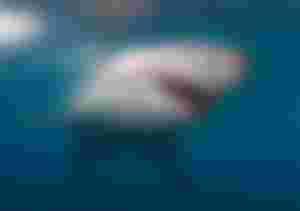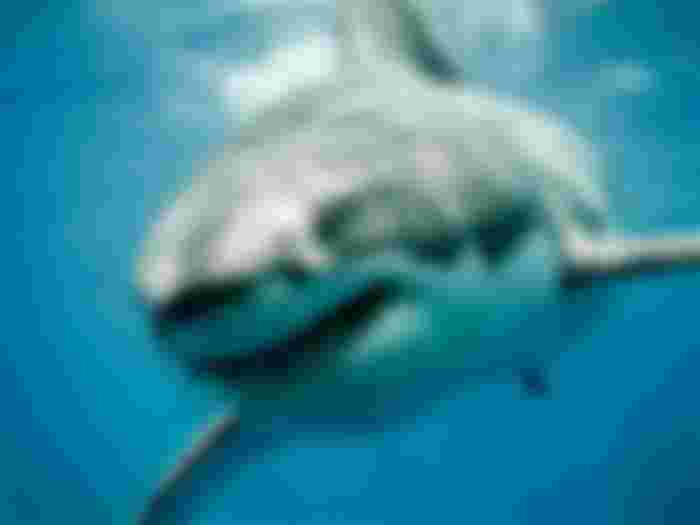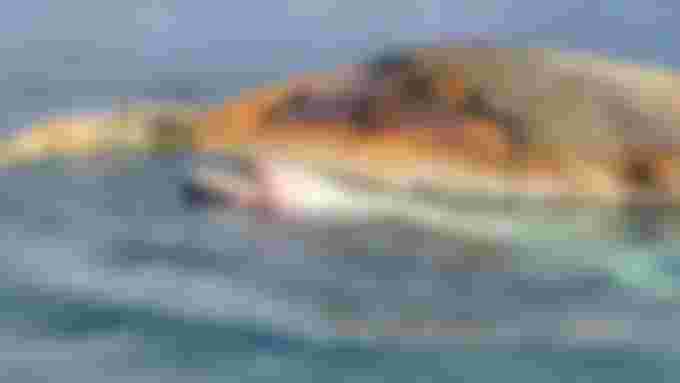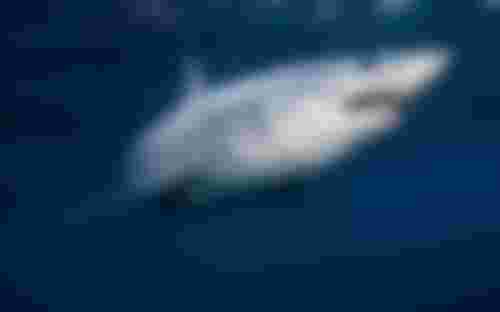
The shark rested on its back, its jaws parted in ecstasy, punch-drunk after feasting on a whale carcass off the coast of Nantucket, in Massachusetts.
Kingdom:Animalia;
Phylum:Chordata;
Class:Chondrichthyes;
Subclass:Elasmobranchii;
Infraclass:Euselachii;
Superorder:Selachimorpha
The image, taken this month by a passing boater, was the latest to tap into the public’s fear and fascination with white sharks, an obsession that seized the American mainstream more than a century ago, during another sweltering summer. That summer in 1916 was when four people swimming near the Jersey Shore were fatally attacked by what some researchers believe may have been one, rogue white shark.

Since then, paranoia and panic have only grown, amplified by Peter Benchley’s 1974 novel “Jaws,” with its Steven Spielberg film adaptation and three sequels, and countless offerings on big and small screens, including the Discovery Channel’s relentlessly promoted “Shark Week,” a feature of beach season since 1988.
Once known as the great white shark, it is now simply called the white shark partly for the banal reason that there is no other white shark in the ocean. Researchers also reject the term “shark attack” because it implies an intentional assault. They prefer the term “bite.”

The year shark panic struck the United States
On July 6, 1916, Charles Bruder, a 27-year-old bellhop at an elegant hotel in Spring Lake, N.J., swam out to sea. A few days earlier, a 25-year-old man had been fatally attacked by a shark in nearby Beach Haven, but reports of his death had been buried deep inside newspaper pages. Mr. Bruder was most likely unaware of the danger in the water.

Suddenly, he began shrieking in pain. A woman on the beach said his red canoe must have overturned. She fainted when she learned that she was seeing blood.

Mr. Bruder was pulled out of the water, his legs bitten off at the knees. Less than a week later, an 11-year-old boy went swimming with friends in Matawan Creek, where he was dragged under water. His friends ran into town screaming that a shark was attacking him. Later that day, a 24-year-old man was fatally bitten as he tried to retrieve the child’s body.

The Evening Star newspaper in Washington, D.C., ran a story about the “man-eating” shark capture in New Jersey on July 15, 1916.Credit...Library of Congress
“U.S. War on Sharks,” The Washington Post declared. Men armed with rifles patrolled the Jersey Shore in fishing boats. Along the East Coast, bathers were terrified of going into the water and many seaside hotels lost business, said Michael Capuzzo, who chronicled the attacks in his 2002 book “Close to Shore.” Eventually, a white shark was caught and human remains were found inside, he said.
Scientists still debate whether the attacks were the work of several sharks or a single white shark that had become deranged by starvation and begun attacking the one consistent food source it could find: humans. One fact is hard to dispute, researchers said.
“The summer of 1916 was the dawn of modern, urban shark panic,” Mr. Capuzzo said.






Wow nice article dear